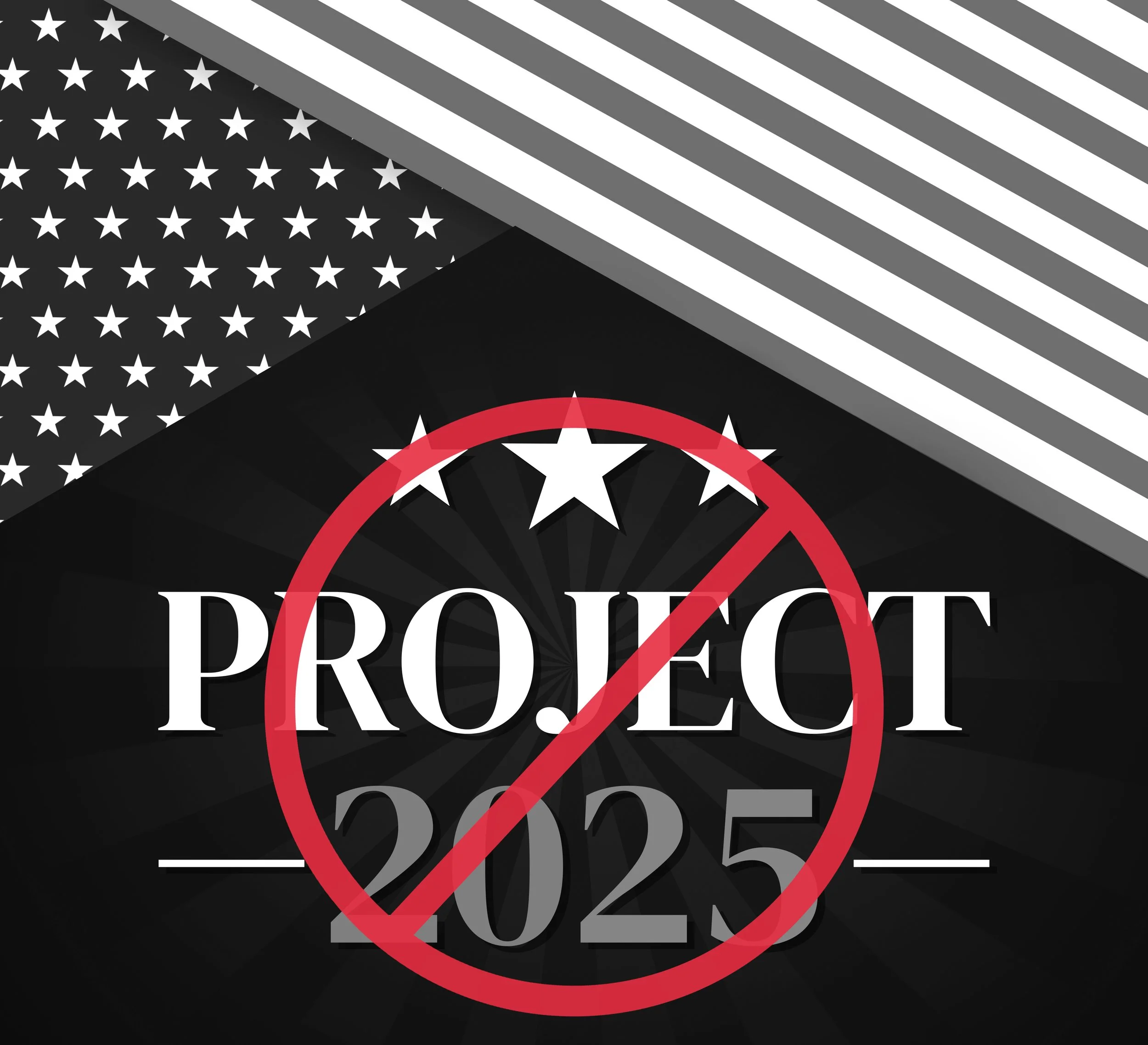It’s an election year, and I can safely say it’s one like no other in history. Most people don’t pay much attention until after the World Series in October, or at least until after Labor Day. It’s a lot. I wouldn’t be surprised if our election cycle is the longest of any country in the world. I know it’s the most expensive.
As someone who has spent a lifetime in and around policy and politics, I definitely fall into the DC masochist category. That is, I pay close attention the whole time. I track polls, I read policy, and no matter how angry or frustrated it makes me, I can’t look away.
Usually, policy platforms are crafted to tell us what new policies the candidates will pursue when in office. This year, there is an alarming turn toward what one particular candidate will tear down. Healthcare policy is not immune and, as we learned a couple of years ago with the Dobbs decision, precedent – the longstanding rule of law – no longer protects even the most established laws.
As if that’s not bad enough, the Loper decision earlier this year basically stripped the legal authority from agency subject matter experts who have spent their lives immersed in a specific topic, in favor of whatever knowledge a judge may or may not have.
Sorry to be such a downer during a three day weekend, but that’s some scary s@#!.
Without those protections, we have to be more aware than ever of exactly what policies the candidates will be backing if they are elected.
We’ve heard the most about abortion access because it’s happening now, and it is creeping into IVF and is headed toward access to birth control. It’s all over the news.
But what else is in the mysterious Project 2025?
Wait, what is Project 2025?
Project 2025 is a policy agenda disguised as a transition plan that would be enacted by a new Trump administration if he is elected for a second term. It was created by former Trump administration officials, and published by the Heritage Foundation, an ultra-conservative think tank that has become more rhetoric and less research in the last decade or two.
Project 2025’s primary goals would be to replace the federal workforce (the Executive Branch, which is all the cabinet agencies and consists of about three million people), which is now prohibited from publicly expressing their political views, with political appointees loyal to the president. They would then implement conservative Christian policies outlined in the Project 2025 document, or at least however many they can in four years.
How is healthcare addressed in Project 2025?
In a nutshell, Project 2025 aims to make healthcare more expensive for everyone:
Private and Public Exchange Insurance
Repeal the Inflation Reduction Act, and so ending enhanced tax credits that go toward healthcare exchange insurance premiums
Codify rules that allow and expand access to deceptive skinny health plans
Repeal the No Surprises Act, which protects against financially ruinous medical bills
No longer able to negotiate lower drug costs
No more $2,000 cap for out-of-pocket drug costs
Medicaid – placing a lifetime cap on coverage
Overruling FDA decisions that allow access to medication abortion
Restricting the use of federal funds for travel to safe abortion providers
Vaccines – federal public health agencies would no longer be allowed to require vaccines for school children, which would allow a resurgence of diseases like measles and chicken pox.
A new Trump administration would build upon this foundation. They will go after the Affordable Care Act if they can.
And this is just healthcare.
Project 2025 is very thorough. It touches every policy area.
During the Democratic National Convention earlier this month, Kenan Thompson, holding an oversized version of the 900+ page Project 2025 joked, “Have you ever seen a document that could kill a small animal and democracy at the same time?”
The best jokes always hit close to home.

